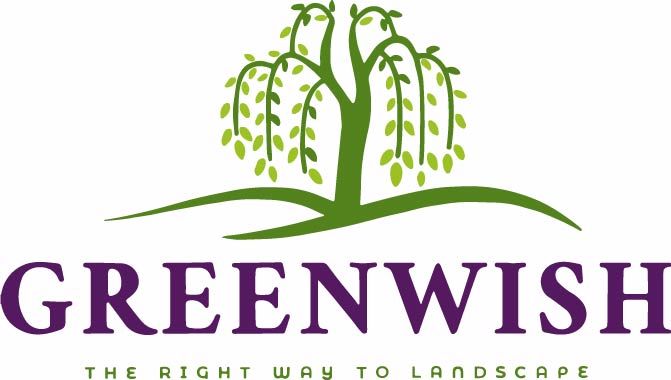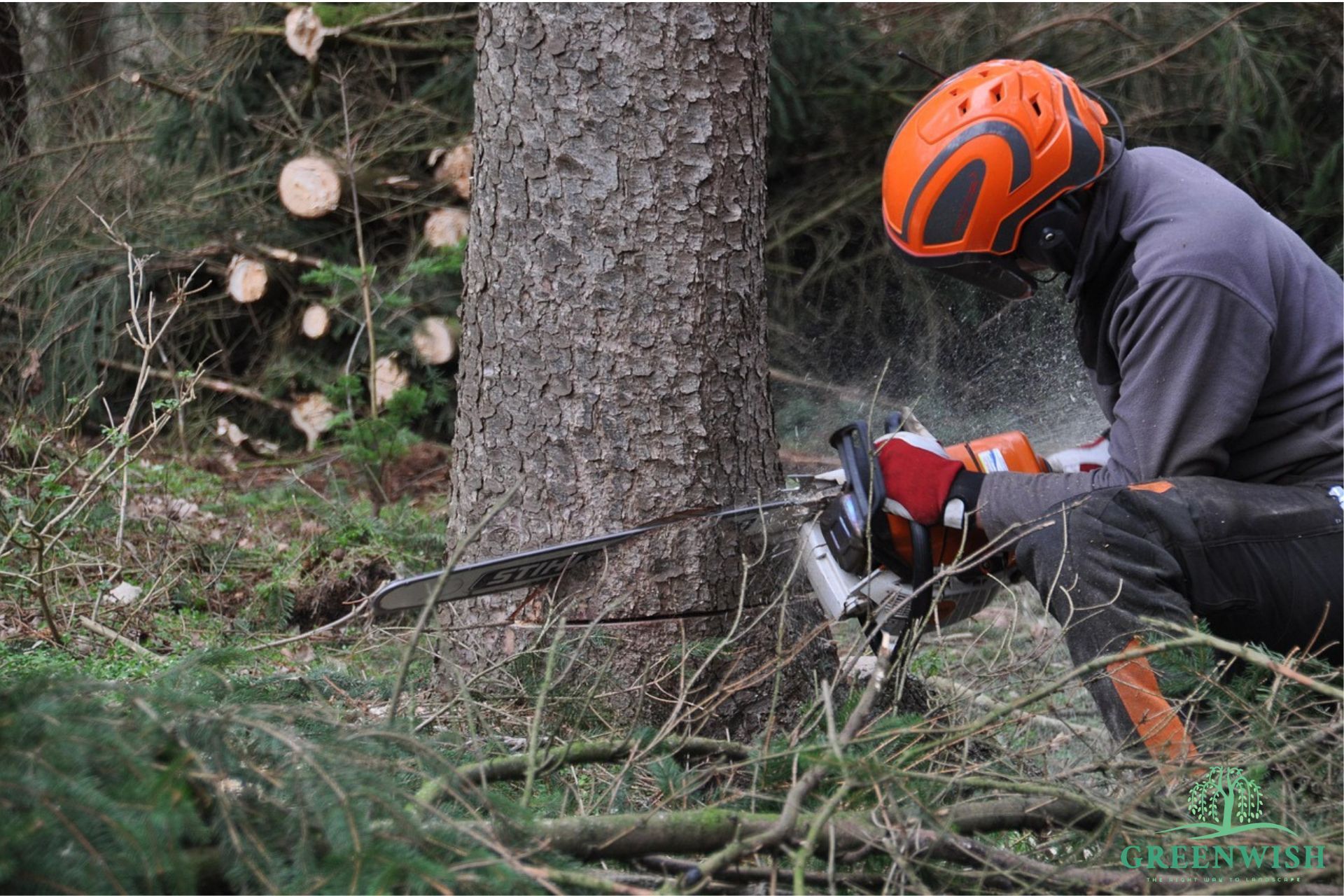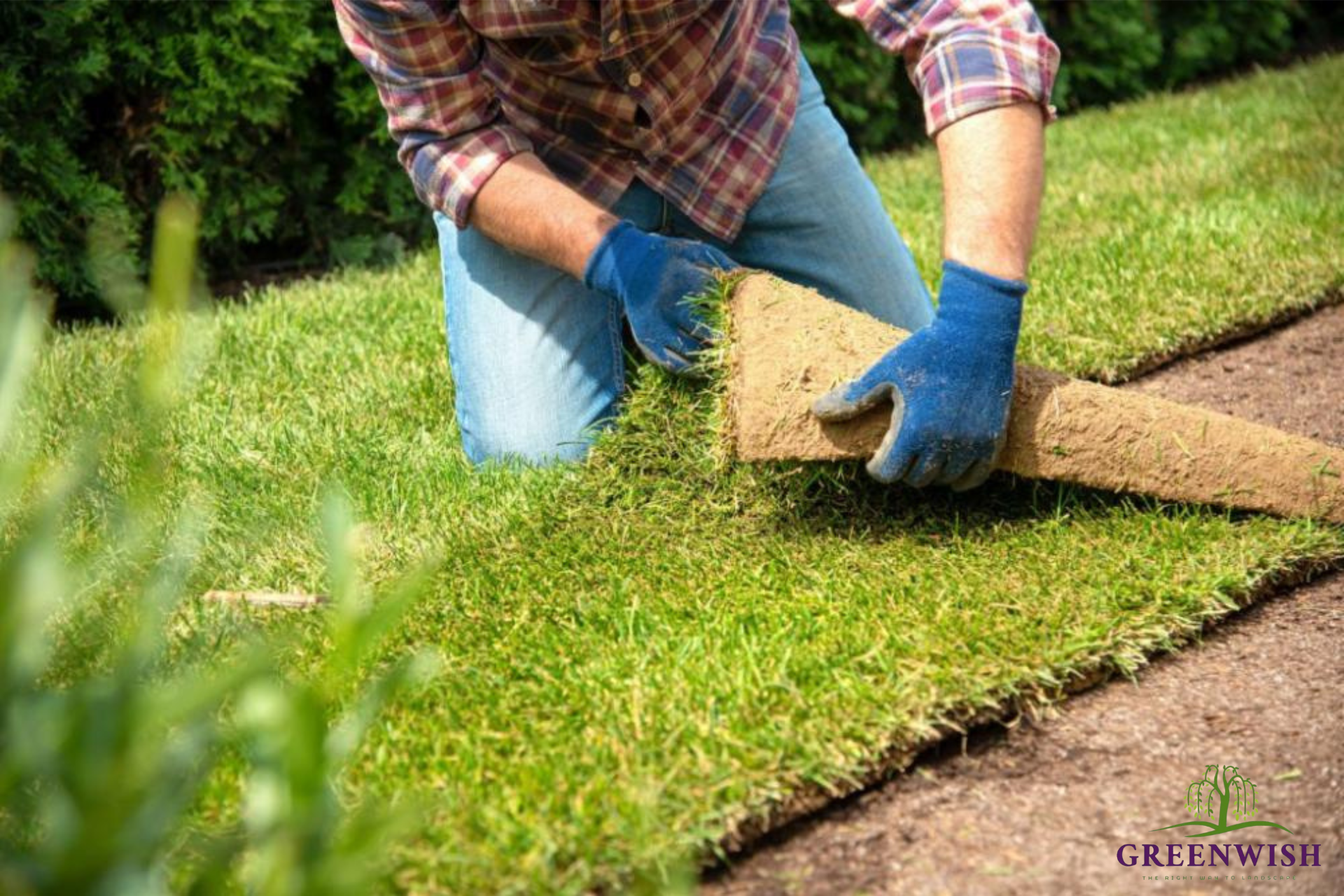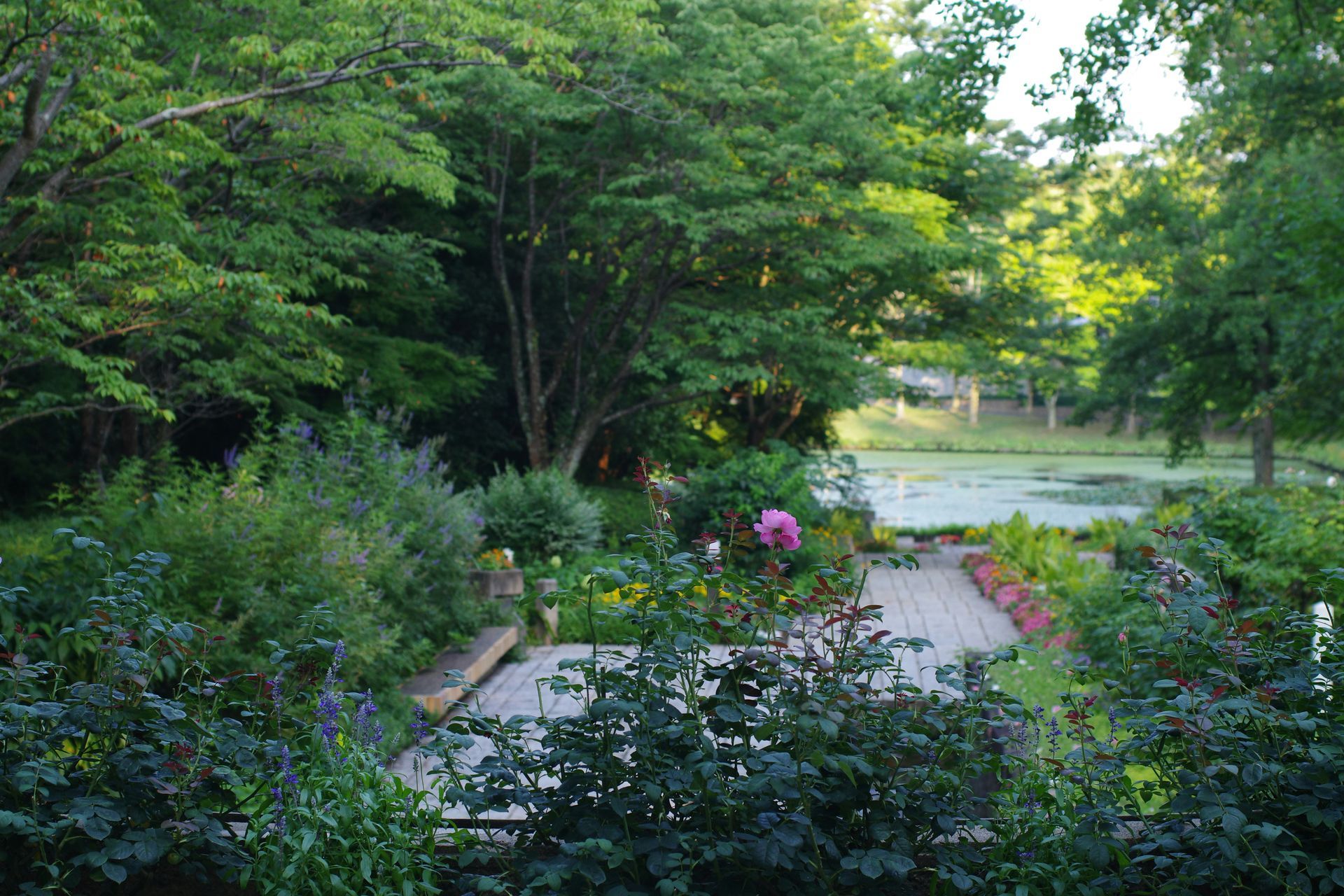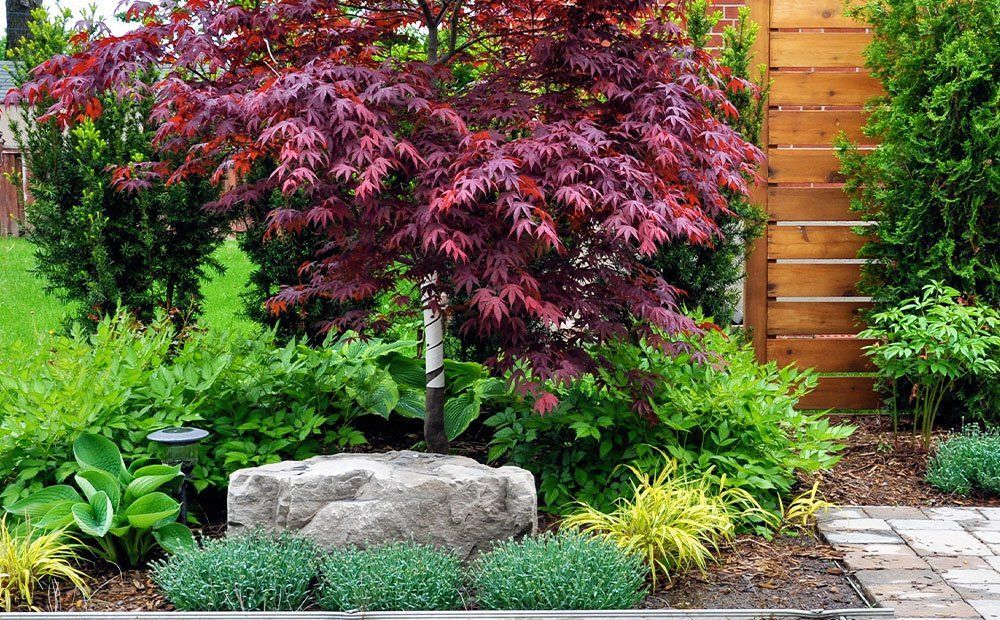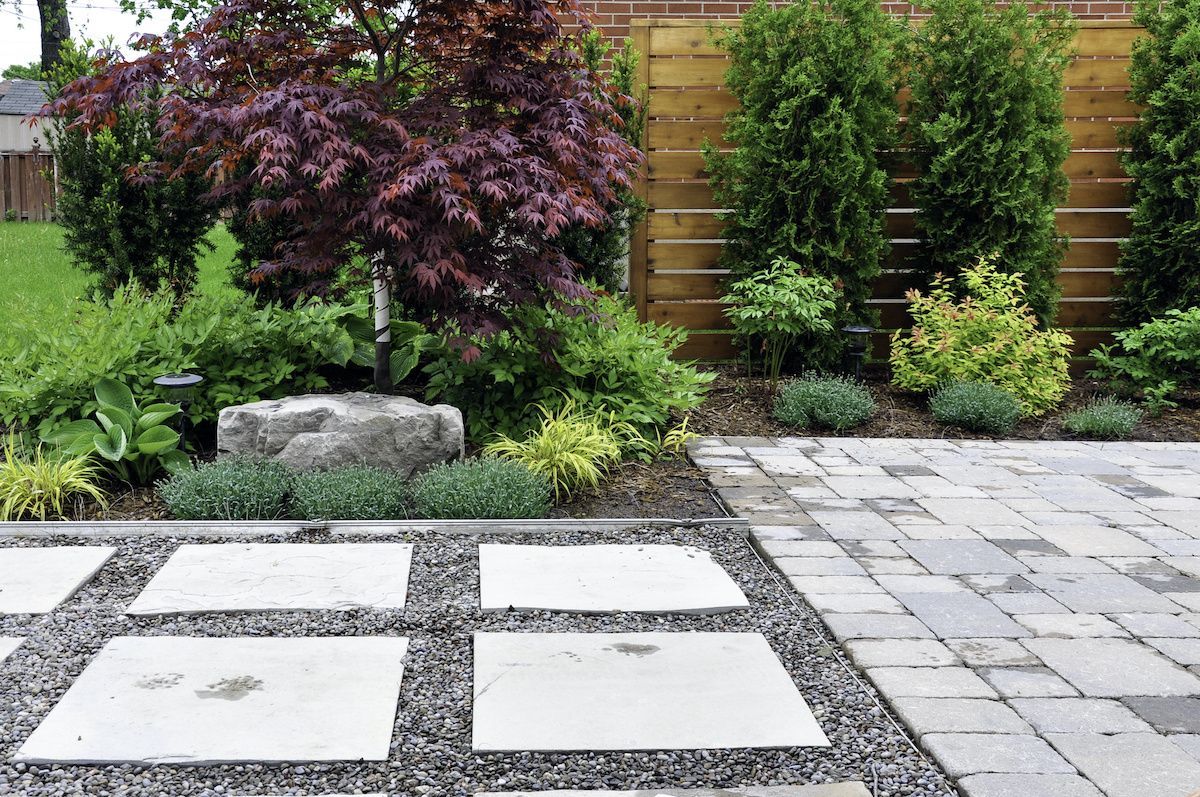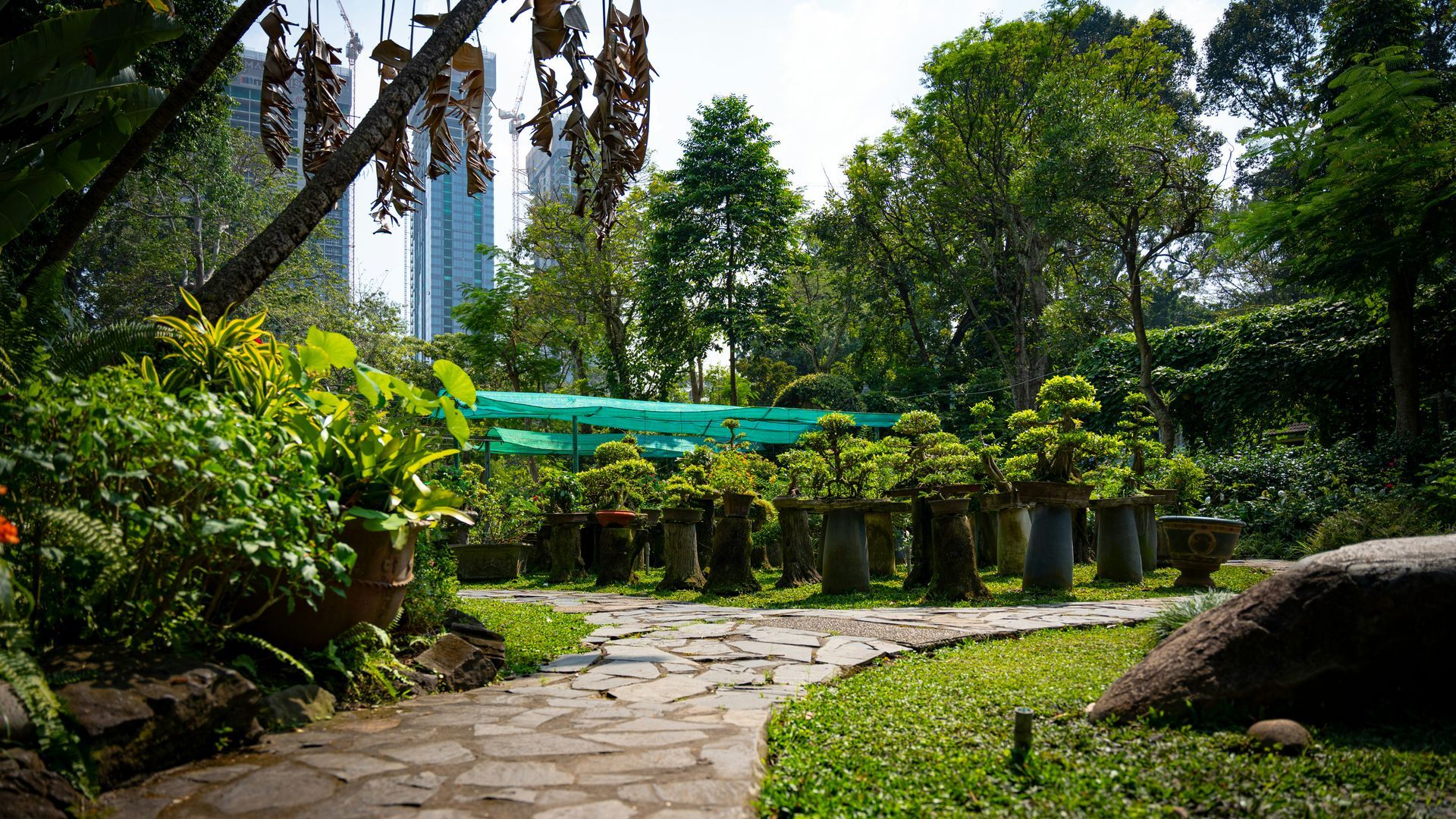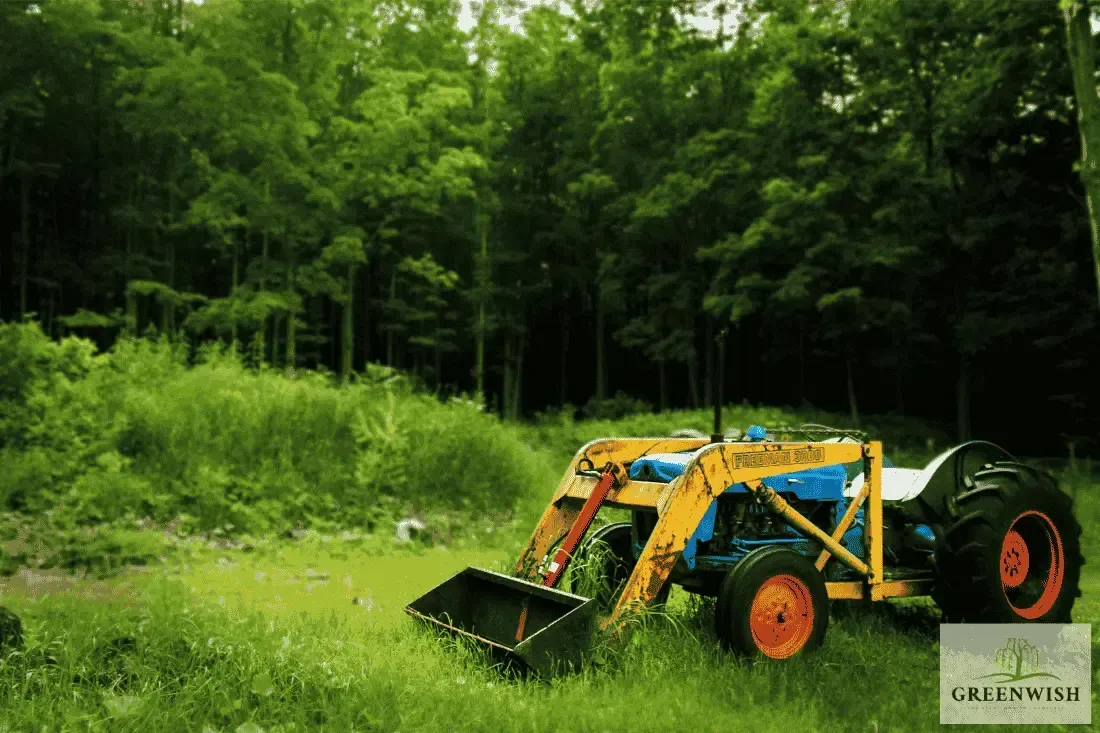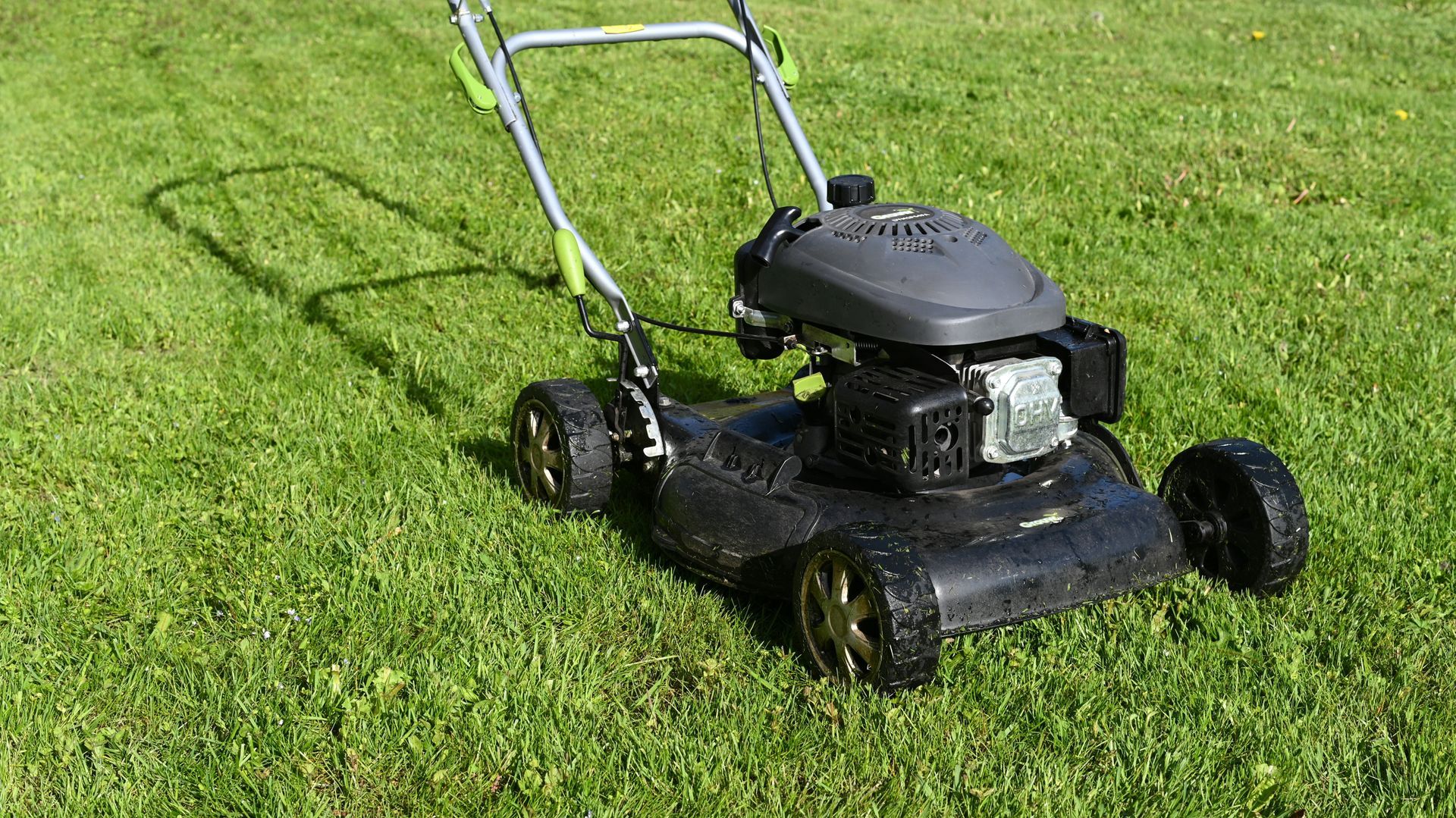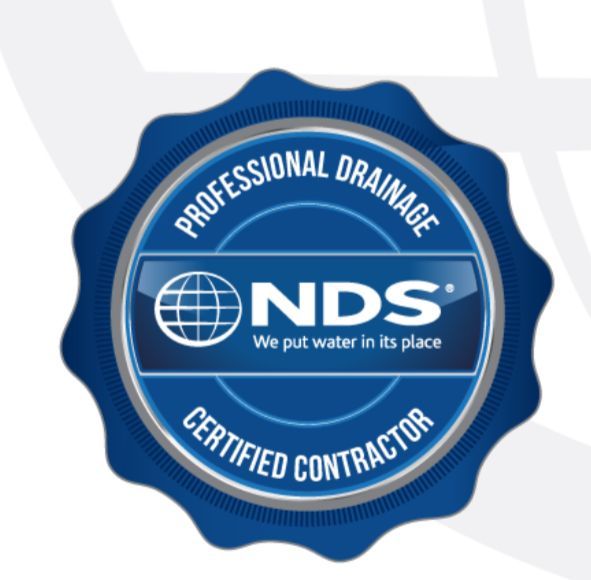Ultimate Spring Clean Up Guide (2025) Expert Tips, Yard Checklist, Costs & Timing
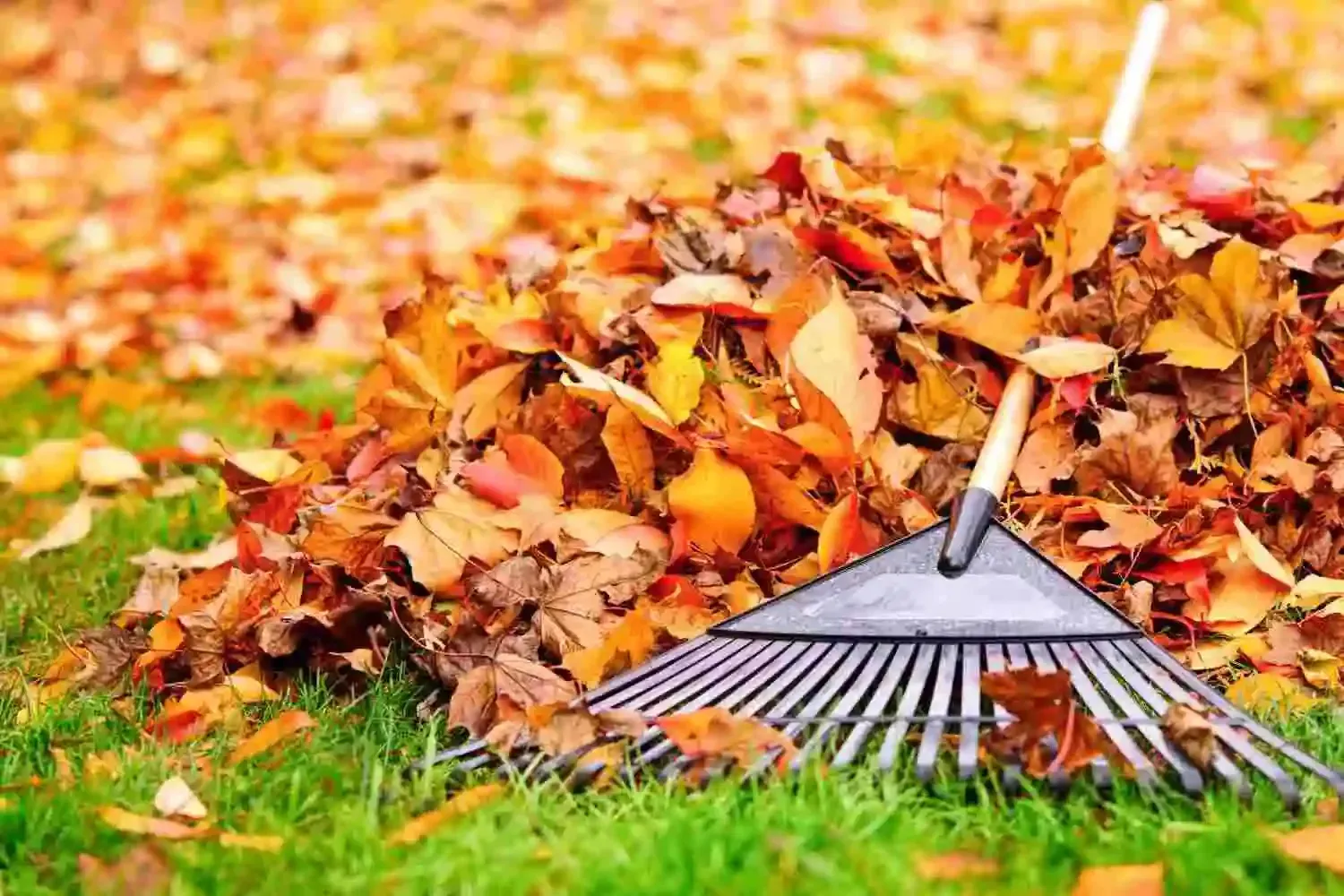
Why Spring Clean Up Actually Matters
Here’s the deal.
Winter doesn’t just freeze your lawn—it buries problems. Dead grass, compacted soil, broken branches, pests making themselves comfortable under the mess. Ignore it, and by summer, you’re not fixing a yard—you’re undoing damage.
That’s what spring cleaning is about. Not just “tidying things up,” but resetting the stage so your lawn can breathe, grow, and stay healthy for the long haul. You don’t need to spend a fortune or have your residential landscaping degree—just a plan and a bit of strategy.
Because when you time it right, clean the right way, and avoid the usual mistakes…
You don’t just get a better-looking yard—you get one that works with you—fewer weeds. Better drainage. Stronger grass. And less money thrown at fixing things later.
In this guide, we’re not going to bore you with generic tips like “rake your leaves.” You’ll get a practical, smart yard clean-up plan—backed by real know-how, not fluff. We’ll cover:
- What a real spring clean-up actually looks like
- When to do it (hint: it’s not always March)
- What to clean, prune, and prep—and in what order
- How much is it gonna cost you
- The pro tips that save time, effort, and cash
- DIY vs professional cleanups—what’s really worth it
- And how to avoid rookie mistakes that wreck your lawn before summer even starts
By the end, you’ll know exactly what to do, when to do it, and how to get it done right—without wasting weekends or throwing money at every “quick fix” online.
Ready? Let’s dig in.
What Spring Clean Up Actually Means (And What It’s Not)
Spring clean-up isn’t about making your yard “look nice.” That’s surface-level. Cosmetic. The real purpose runs deeper—it’s about getting your lawn and landscape ready to thrive again after months of cold, stress, and neglect.
Here’s what spring clean-up actually involves:
1. Clearing the Winter Debris
Winter leaves behind more than snow. We’re talking fallen branches, soggy leaves, dead grass, and trash that got buried under the frost. All of it smothers your lawn and blocks sunlight, air, and nutrients from getting where they need to go. That’s a fast track to disease, mold, and patchy grass.
Step one is always: clear the mess.
2. Powering Up Your Soil
If your yard’s soil is compacted, it doesn’t matter how much you water or fertilize—it won’t absorb what it needs. You’re just wasting time and money. That’s why things like aeration or even a basic rake-through of your soil are part of spring cleanup up. You’re breaking up that compacted layer so roots can grow deep again.
3. Resetting the Lawn Ecosystem
Think of your yard as a small ecosystem. After winter, the balance is off. You may have unwanted pests setting up shop, weeds about to take over, and grass that’s just barely alive. Spring clean up is your chance to reset it all—so good stuff thrives and bad stuff gets pushed out before it becomes a problem.
4. Planning for What’s Next
This is the part people skip. Spring isn’t just about cleaning—it’s about setting up your yard for what’s coming next: seeding, fertilizing, watering systems, pest control, trimming back shrubs, and planting. You want your cleanup to lead directly into action.
Because if you just “clean up” and leave it at that? You’ve wasted the window when your lawn is most ready to bounce back.
When Should You Start Your Spring Clean Up? (Timing Is Everything)
Let’s get one thing straight—you can't just pick a random weekend and call it “spring clean-up time.” Timing matters, and doing it too early or too late can mess up your entire yard recovery.
Here’s the breakdown:
Wait Until the Ground is Fully Thawed
If the soil’s still frozen or soggy from melting snow, hold off. Walking or working on it can compact it even more—and compacted soil is the silent killer of healthy grass. You want the ground to be dry-ish but not cracked, and temperatures consistently above freezing.
A good sign? When you can easily rake your lawn without pulling up clumps of wet grass or mud. That’s when the real cleanup begins.
Watch for Your Local Climate Cues
Don’t rely on the calendar. Early March might work in Virginia. But in Michigan? Maybe late April. Look at your trees and perennials. If they’re just starting to wake up, that’s your cue.
Also: keep an eye out for lingering frost. It doesn’t matter how sunny it feels—if you get one last frost after you’ve pruned or fertilized, you might have to redo the whole thing.
Pro Tip: Have a Pre-Clean Up Checklist Ready
There’s often a weird in-between phase—too early to go all-in, but too late to do nothing. That’s when you start prepping:
- Check your tools
- Inspect fences or garden beds for winter damage
- Map out your spring landscaping plan
- Book clean-up help (if you're hiring pros)
By the time your yard is ready, you’ll already be ahead of everyone else.
What Does a Full Spring Clean Up Actually Include?
Most people think spring clean up is just about raking leaves and mowing the lawn. That’s barely scratching the surface. A proper clean-up resets your entire yard for the growing season—it’s maintenance, prevention, and preparation all rolled into one.
Here’s what it really includes:
1. Lawn Debris Removal
Start with the obvious—fallen branches, leaves, and leftover mulch clumps. This stuff blocks sunlight, holds in moisture, and can suffocate new grass growth.
Rake thoroughly, but not aggressively. You’re not trying to rip the lawn apart—just give it space to breathe.
2. Pruning and Trimming
Dead or overgrown branches? Cut them back. Focus on shrubs, perennials, and small trees. Deadheading old blooms gives your plants more energy to grow strong and fast.
Make clean cuts just above the bud. And sanitize your pruners if you’re moving between plants—you don’t want to spread disease.
3. Lawn Aeration (If Needed)
If your yard feels spongy or hasn’t been aerated in years, now’s the time. Aeration helps water, air, and nutrients get deep into the soil. It also breaks up thatch buildup (which chokes grass roots).
You can rent a core aerator or call in pros—especially if you’ve got compacted soil or heavy foot traffic.
4. Garden Bed Cleanup
Clear out weeds, leaves, and last year’s dead plant material. Freshen up the soil by turning it over a bit. Add compost if things are looking depleted.
This is also when you edge your beds. Sharp, defined edges make everything look intentional, even if you haven’t planted a thing yet.
5. First Mow and Edge Pass
Don’t scalp the lawn—just take off the top third of the grass. This encourages stronger root growth. Follow up with edging sidewalks, driveways, and garden borders. Clean lines = instant curb appeal.
6. Mulch Refresh
Add new mulch to beds, but don’t pile it up around plant bases. Two to three inches is perfect. Any more and you risk trapping too much moisture.
Mulch locks in moisture, regulates soil temperatures, and makes everything look cleaner. Just make sure you don’t bury your plants in it.
7. Fertilizer and Weed Prevention
This is your shot to give your yard a head start. Use a slow-release fertilizer and a pre-emergent herbicide to stop weeds before they show up. But check soil temps first—apply too early and it’ll go to waste.
How Much Does a Spring Yard Clean-Up Cost?
Alright, let’s talk money. Because as much as we love a fresh, clean yard, we also want to know what we’re getting into.
Spring clean-up costs can vary a lot depending on your location, yard size, and what services you need. But here’s a breakdown to help you get a realistic picture.
Average Cost Range
In general, homeowners in the U.S. spend between $100 to $500 for a basic spring clean-up service. This typically includes:
- Leaf and debris removal
- Lawn mowing
- Light pruning
- Edging and cleanup
If your yard is larger, hasn’t been maintained in months, or you're adding extras like aeration, mulching, or fertilization? The bill can easily jump to $750 or more.
What Factors Affect the Price?
Let’s break it down:
- Yard size:
More square footage = more time = higher cost.
- Scope of services:
Are you just doing a light rake-up? Or do you need deep cleaning, pruning, mulch refresh, and aeration?
- Haul-away services:
Some companies charge extra to dispose of yard waste. Others include it.
- Labor rates in your area:
A clean-up in Northern Virginia might cost more than one in a rural town. Local demand drives prices.
DIY vs. Hiring a Pro
DIY can save you money—no doubt. But it’ll cost you time, energy, and probably a sore back. If you’ve got the tools, go for it. But if not, consider hiring a crew for a one-time yard clean-up to handle the heavy lifting.
Pro tip: Get quotes from Top Commercial Landscaping Companies in Northern Virginia or your local area to compare prices and packages.
When Should You Do Your Spring Yard Clean-Up?
Timing matters. Do it too early, and you risk damaging soil that’s still too wet or plants that aren’t ready. Too late, and you’re dealing with overgrowth, weeds, and missed opportunities for a healthy lawn.
So, when’s the sweet spot?
The Best Time to Start
Aim for mid to late March through early April, depending on your local climate. Here's what to look for:
- The ground is no longer frozen
- Daytime temps consistently hit 50°F (10°C) or higher
- Snow is gone, and soil isn’t soggy
Basically, you want the yard to dry out a bit but not be totally overrun with spring growth.
What to Watch For
Still unsure? These signs say it’s go time:
- Your lawn starts showing patches of green
- Trees begin to bud
- You can walk on your yard without sinking
If you’re in a colder zone, wait a little longer. If you're in a warmer one, you can often start as early as late February.
How Much Does Spring Yard Clean-Up Cost?
Here’s the truth: spring clean-up doesn’t have a one-size-fits-all price tag. It depends on your lawn’s size, its condition after winter, and how much you're outsourcing. Still, here’s a breakdown to help you make sense of the numbers:
1. Average Cost Range
For most residential properties, professional spring yard clean-up services typically range from $150 to $500. The national average hovers around $300. But this can swing higher if you have a large or heavily neglected yard.
2. What’s Usually Included
When you hire a crew, you’re not just paying for leaf raking. A standard spring yard clean-up may include:
- Leaf and debris removal
- Lawn mowing
- Pruning shrubs and trees
- Garden bed edging
- Weed pulling
- Hauling away all that organic mess
Some landscaping companies offer flat-rate packages, while others charge per hour ($40–$75) or per square foot ($0.02–$0.05).
3. DIY Costs
If you’re tackling the mess yourself, expect to spend on tools and supplies if you don’t already have them. Here's a rough idea:
- Rake: $15–$30
- Leaf blower (corded): $50–$100
- Pruners and shears: $20–$50
- Trash bags and compost bins: $10–$40
- Mulch, compost, or soil amendments: $30–$100
So while DIY may seem “free,” it can easily creep past $100–$150, especially if you’re starting from scratch.
4. Specialty Services
Need more than just a cleanup? Services like aeration, dethatching, or mulching can cost extra:
- Aeration: $75–$150
- Dethatching: $100–$200
- Mulching: $100–$300 depending on area and material
And for those hiring commercial help in more developed areas like Northern Virginia, Top Commercial Landscaping Companies in Northern Virginia often price spring clean-ups based on contracts—these can run into the thousands, depending on the property.
FAQs: Spring Clean-Up, Answered
How to do spring cleaning in your yard?
Start by clearing all debris—fallen branches, dead leaves, and trash. Then prune trees and shrubs, mow the lawn, clean out flower beds, and edge your yard. Add fresh mulch, compost, or fertilizer if needed. It’s not just about looks; it’s about setting your landscape up for a healthy growing season.
What is included in a spring clean?
A typical spring yard clean-up includes:
- Debris removal (leaves, sticks, litter)
- Tree and shrub pruning
- Lawn mowing and edging
- Bed weeding and cleanup
- Mulching and soil prep
Some also include aeration, fertilization, or garden bed refreshing—especially if you’re hiring a pro.
What is the first procedure for cleaning up the yard?
Always begin with debris removal. Clearing out the dead and decaying materials helps you see what needs pruning, fixing, or refreshing. It also prevents mold, pests, and fungal growth from sticking around.
What does spring clean-up mean?
Spring clean-up is your yard’s post-winter recovery plan. It’s about removing what winter left behind and making the space ready for new growth, planting, and outdoor use.
Is spring cleaning good?
Yes, it’s essential. Without it, you’re risking compacted soil, lawn suffocation, pest infestations, and dead plant material choking new growth. Think of it as a health check-up for your landscape.
What does a yard clean-up consist of near me?
Most yard clean-up services (even local ones) offer a package that includes:
- Leaf and debris clearing
- Pruning and trimming
- Lawn care
- Mulch or compost application
- Sometimes aeration and fertilization
Check by searching “spring yard cleanup near me” on Google to compare local offers and pricing.
How often should you clean your yard?
A deep clean in spring and fall is standard. Light maintenance (weeding, mowing, trimming) should happen every 1–2 weeks during the growing season.
How much is Yard Cleaner?
If you're hiring help, spring yard clean-up typically costs $150–$500, depending on yard size and service depth. Dying? Expect tool and material costs to range from $100 to $200+, especially if you’re starting without gear.
How do you clean the backyard?
Start with:
- Raking leaves and removing debris
- Pruning overgrown plants
- Mowing and edging the lawn
- Cleaning out and prepping garden beds
- Laying fresh mulch or compost
For patios or hardscapes, a good pressure wash does wonders.
Final Thoughts: Your Yard’s Spring Comeback Starts Now
Here’s the thing: spring clean-up isn’t just about keeping up appearances. It’s about setting the stage for a healthier, greener, and more livable outdoor space. Whether you’re planning a DIY weekend or calling in the pros, the steps you take now will shape how your yard looks and functions all year.
Let it go another season, and you’ll be stuck playing catch-up—with weeds, dead patches, and problems that could’ve been handled in one afternoon.
So grab your gloves, sharpen those shears, and start checking things off your list. Or, if you’d rather not deal with mulch in your shoes—hire a crew that knows what they’re doing.
And hey—before you go...
If you’re in Northern Virginia and tired of searching "spring yard cleanup near me" every year, there’s a faster way to get it done. Our team at GreenWish is already booked into spring. We offer one-time yard clean-up, expert landscaping, and everything in between.
Let’s make your yard the one the neighbors wish they had.
Call us or message to book your spring clean-up.
And don’t forget to check out:
- Top Commercial Landscaping Companies in Northern Virginia
- Tree Cutting & Removal Costs in 2025: Hourly Rates, Real Estimates & a Free Cost Calculator
- Lawn Mowing Cost in 2025: Rates per Hour, Acre & Square Foot + Expert Estimator Guide
